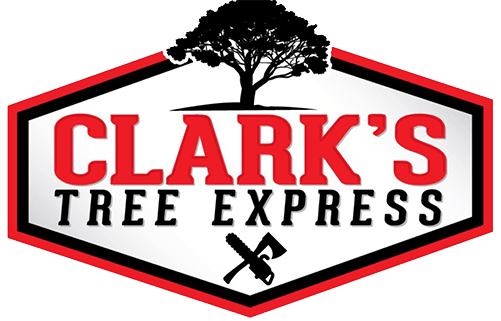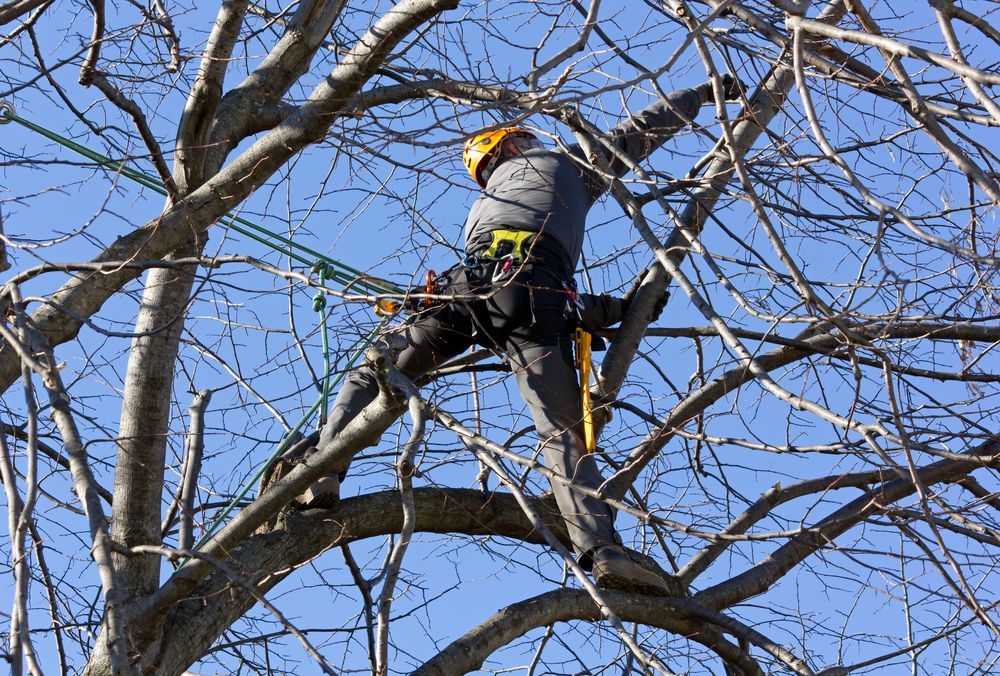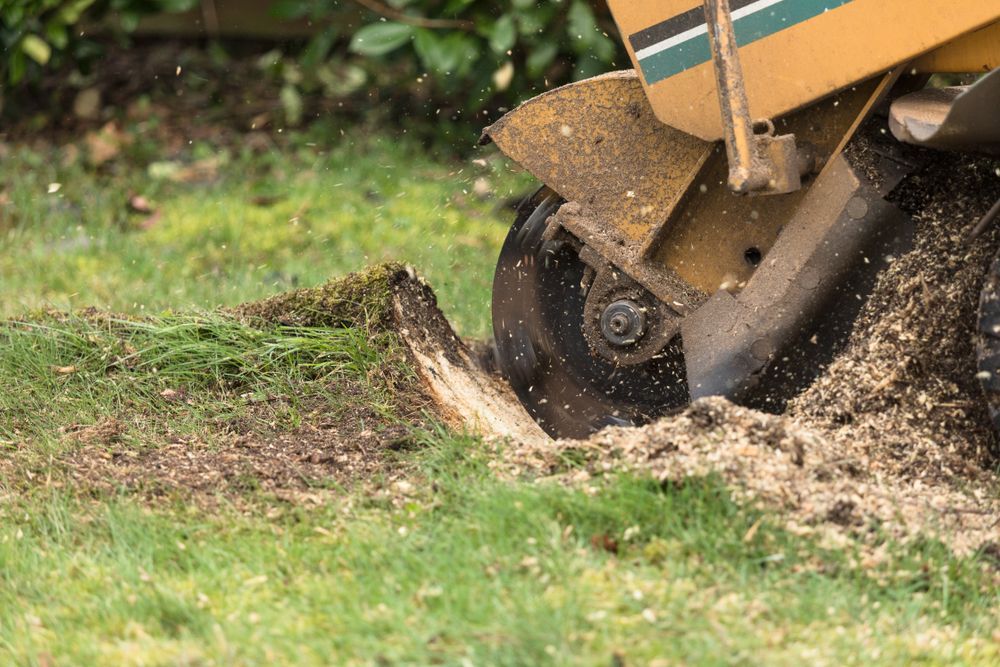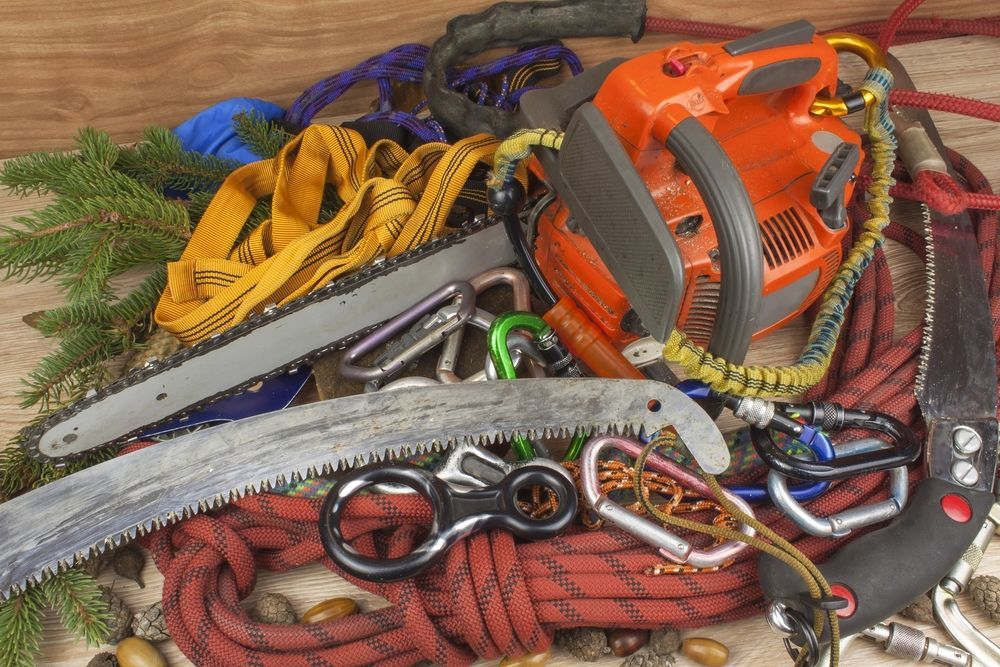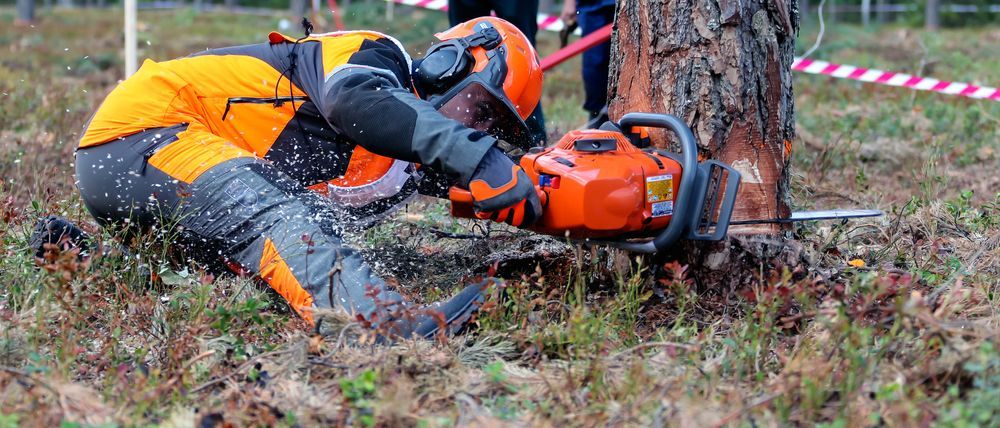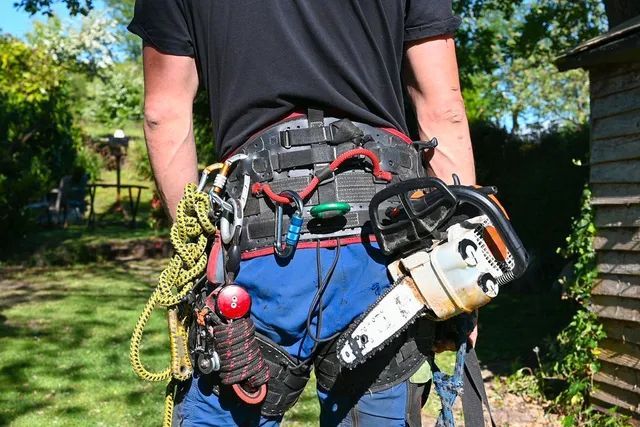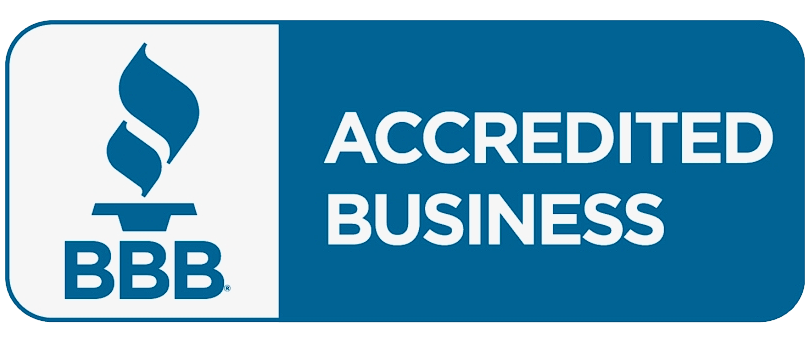Signs It’s Time for Tree Cabling in Huntersville, NC
Not every weak or leaning tree needs to be removed — some can be saved with the right structural support. In Huntersville, NC, where heavy rain, wind, and occasional storms put extra pressure on mature trees, tree cabling can mean the difference between preservation and loss.
Tree cabling is a specialized process used to stabilize weak or splitting trees by installing high-strength cables between limbs. It helps protect your property while keeping valuable trees standing for decades longer.
This guide explains what tree cabling is, the telltale signs your trees might need it, and why calling a professional matters for both safety and long-term health.
What Tree Cabling Actually Does
Tree cabling involves placing steel or synthetic cables between major branches or limbs to reduce stress and movement during storms. The goal isn’t to “tie” the tree together but to support weak points so the tree can continue growing safely and naturally.
How Cabling Helps
- Reduces stress on weak limbs by redistributing weight across the tree’s structure.
- Prevents branch failure during high winds or storms.
- Extends the life of mature or historic trees that would otherwise need removal.
- Protects nearby structures and property from falling limbs.
Professional arborists determine the correct placement and tension for each cable to ensure support without restricting growth.
Signs It’s Time for Tree Cabling
Knowing when to cable a tree requires careful inspection, but these visible signs are strong indicators:
1. Split or Cracked Branch Unions
One of the clearest warning signs is a V-shaped crotch, where two limbs grow closely together with bark in between. This weak attachment can split under heavy weight or wind pressure.
2. Heavy Horizontal Limbs
Large, extended branches often sag under their own weight. Without support, they can crack or tear away from the trunk during a storm.
3. Multi-Trunked Trees
Trees with two or more main trunks (called co-dominant stems) are more likely to separate. Cabling stabilizes these sections to prevent structural failure.
4. Signs of Stress or Leaning
A noticeable lean, especially after heavy rain or wind, suggests internal stress or root imbalance. Cables can stabilize the canopy before damage spreads.
5. Trees with Historic or Sentimental Value
If a mature tree holds personal or aesthetic value but shows structural weakness, cabling allows preservation without complete removal.
6. Prior Storm Damage
Cracks or tears left after a storm don’t always heal naturally. Cabling supports these weak points, giving the tree time to recover safely.
How the Professional Tree Cabling Process Works
Tree cabling must be done by trained arborists — not only for safety but for precision. Here’s how professionals handle it from start to finish:
- Assessment – The arborist evaluates tree health, structure, and load distribution. They determine where support is needed and whether cabling or bracing is most effective.
- Design and Planning – The correct hardware, cable type (steel or synthetic), and placement are selected to match the tree’s size and flexibility.
- Installation – Cables are installed high in the canopy using non-invasive bolts and lag hooks. Each cable is tensioned precisely to relieve stress without restricting movement.
- Inspection and Adjustment – The arborist checks cable tension annually to ensure it remains effective as the tree grows.
- Maintenance – Some trees may need follow-up pruning to balance weight and optimize stability.
This structured approach helps trees remain safe, healthy, and beautiful for years.
Frequently Asked Questions
How long do tree cables last?
High-quality steel cables can last 10–15 years or longer with regular inspections. Synthetic options may require earlier replacement.
Will tree cabling stop my tree from moving?
No. The goal is controlled flexibility — allowing natural movement while preventing dangerous overextension.
Can any tree be cabled?
Not all. Severely decayed or hollow trees may be beyond repair and require removal. A certified arborist can evaluate your tree’s condition first.
Is cabling visible or unattractive?
Cabling hardware is installed high in the canopy and typically blends in, making it barely noticeable from the ground.
Does tree cabling hurt the tree?
When installed properly, no. The process is non-invasive and designed to support, not damage, healthy growth.
When is the best time to install tree cabling?
Late fall through early spring is ideal, as the tree is less active and easier to assess without full foliage.
Conclusion
Tree cabling is a proactive solution that prevents damage before it happens. For Huntersville homeowners, it offers peace of mind — protecting mature trees from splitting, falling, or losing major limbs during severe weather.
By
hiring professionals trained in proper cabling and maintenance, you’re not just saving a tree — you’re preserving the health, safety, and beauty of your entire landscape.
